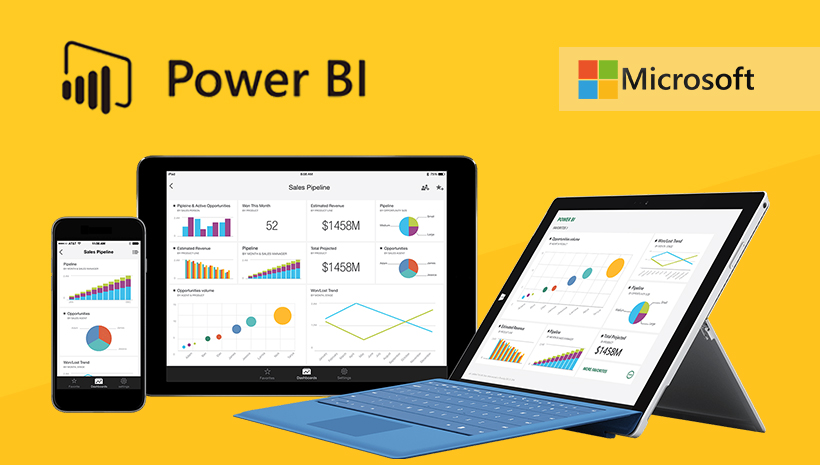
Congratulations on embarking on your Power BI journey! Now that you've got the basics down, it's time to explore some advanced features that will elevate your analytics game and make you a true Power BI pro. Let's dive into the depths of this robust tool and uncover features that will take your data analysis to new heights.
Advanced Data Modeling:
Calculated Tables: Go beyond basic calculations and create calculated tables to enhance your data model with custom aggregations and calculations.
Time Intelligence Functions: Utilize DAX time intelligence functions like TOTALYTD, SAMEPERIODLASTYEAR, and DATESBETWEEN for powerful year-to-date and period-over-period analyses.
Advanced Relationships: Fine-tune relationships between tables using bi-directional filtering, cross-filtering direction, and relationship cardinality to achieve more complex data relationships.
Advanced Visualization Techniques:
Custom Visualizations: Explore the Power BI marketplace for custom visuals or build your own using the Power BI Developer tools to create tailored visualizations for unique data representation.
Bookmarking and Selection Pane: Create interactive reports by using bookmarks to capture specific views and the Selection Pane to control the visibility of elements in your report.
Drillthrough and Drilldown: Enable users to explore details by setting up drillthrough pages or allowing them to drill down into specific data points within visuals.
Data Preparation and Transformation:
Power Query Editor Functions: Master advanced Power Query Editor functions such as M functions and custom functions to automate and enhance your data transformation processes.
Parameters: Implement parameters to make your queries dynamic, allowing users to change inputs and parameters without the need to modify the underlying query code.
Advanced Analytics with AI:
AI Insights: Leverage built-in AI features like Q&A (Question and Answer) to allow users to ask natural language questions and receive insights from their data.
Integration with Azure Machine Learning: Take your analytics to the next level by integrating Power BI with Azure Machine Learning for predictive analytics and machine learning models.
Optimizing Performance and Security:
Power BI Dataflows: Use Power BI Dataflows to create reusable data preparation workflows, promoting consistency and efficiency in data processing.
Row-Level Security (RLS): Implement Row-Level Security to restrict data access based on user roles, ensuring sensitive information is protected.
Automation and Deployment:
Power BI REST API: Automate tasks and integrate Power BI with other applications using the Power BI REST API for programmatic access to Power BI resources.
Power BI Templates: Create and use templates to streamline report and dashboard deployment across different workspaces and environments.
Continuous Learning and Community Engagement:
- Power BI Community: Join the Power BI community forums, webinars, and events to stay updated on the latest features, tips, and best practices. Engage with the vibrant Power BI community for insights and solutions to common challenges.
By incorporating these advanced features into your Power BI toolkit, you'll be equipped to tackle complex data scenarios, create compelling visualizations, and derive actionable insights. Keep exploring, experimenting, and pushing the boundaries of what Power BI can do. Your journey to becoming a Power BI master is just beginning! 🚀📊💻
